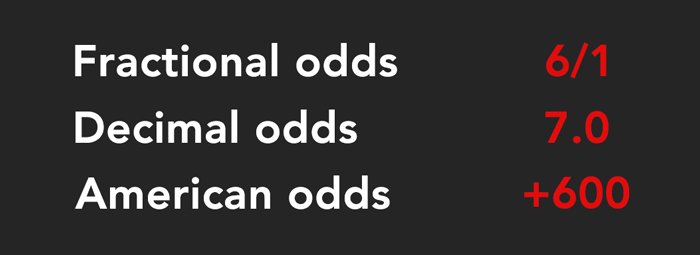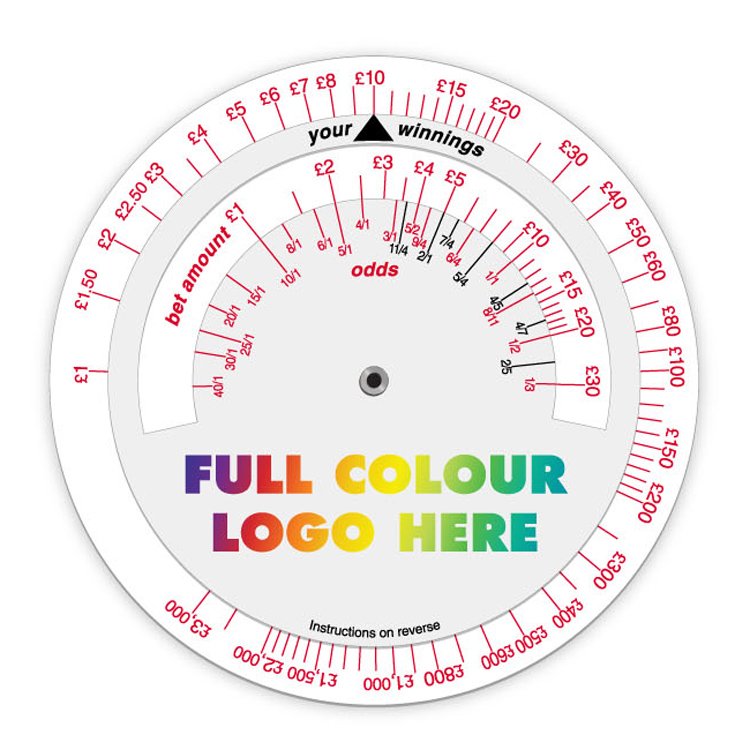Betting Odds Converter

Sports Betting Odds Converter

Implied probability is basically the conversion of odds into a percentage. That percentage then shows the likelihood of an outcome happening based on the size of the odds. High odds suggest a low probability of something happening, while low odds suggest a high probability of something happening.
For example, imagine a tennis player is +200 to win an upcoming match. This would be 3.00 in decimal odds, and 2/1 in fractional odds. The implied probability for these odds is 33.33%. In this example, the odds suggest that the player has a 33.33% chance of winning the match.
Betting Odds Converter & Moneyline Calculator Insert your odds below and the tool will automatically convert them to American, Decimal, and Fractional odds. It will also calculate the implied. Convert a fraction odd into a decimal odd by dividing the first number (the numerator), by the second number (the denominator), and adding 1. Equation: (numerator/denominator) + 1 = decimal odds Example: 6/5 is equal to 2.20. This equals 1.20. Awarded as 4 equal free bets total first deposit amount. Min odds 1/1, 3+ legs & expire in 7 days. Odds boosts: Odds boost crediting relies on marketing comms opt-in. Unlocked on deposit. Deposit £50-99 to get 2 x 25% boost/£100 to get 2 x 50% boost. Min odds 2/1, 2+ legs, expires 7 days, max stake £20. Betting Odds Converter The betting odds calculator tool allows you to enter your odds in American, Decimal, or Fractional formats & translate them into the format you want.
In sports, the probability of something happening is usually subjective. There are several factors to take into account and there’s always a chance of the unexpected. No one can state definitively the exact probability of a player or team winning a game they’re taking part in. There’s an element of personal opinion involved.
Calculating the implied probability is useful though. It helps us decide whether or not we think a bet offers any positive value. We should always look for positive value when betting, and it exists when our estimated probability of an outcome happening is greater than the implied probability that the odds on that outcome suggest.
Confused? Don’t worry! It’s not as complicated as it may seem. To make this easier to understand, let’s continue with the example of the tennis player at +200 to win his match. As we’ve said, the implied probability here is 33.33%. So if we think that the player has a GREATER than 33.33% of winning, then it makes perfect sense to bet on him. If we think his chances are less than 33.33%, it’s wise not to bet on him.
If you’d like a more complete explanation on this subject, there’s an article in our sports betting guide that explains value and implied probability in further detail.
Simply enter the odds as well as your stake. The implied probability, as well as your profit and total payout will be shown instantly!
How to Calculate the Odds?
The mathematical concept of odds is related to, yet distinct from the concept of probabilities. In simple terms, odds are a way of expressing the relationship between the number of favorable outcomes in a given situation versus the number of unfavorable outcomes.
How to use the Odds Converter?
To use the converter, just enter a value into any field. It will automatically convert the odds into all other formats.
What are Decimal Odds?

- Common worldwide, but mostly used in Europe.
- Represents the total amount you will receive if you win, including the return of your stake.
- For example, if you bet €50 with odds of 2.35, you will receive €117.50 in total if you win.
What are Fractional Odds?

- Mainly used in the UK and in international horse racing. Becoming less popular online.
- It tells you the profit relative to your stake if you win your bets.
- For example, if you bet £50 with odds of 4/1, you will receive £200.00 profit if you win.
What are American Odds?

Betting Odds Converter Calculator
- Used by most US bookmakers.
- Based on a straight single bet (on a single outcome, without a points spread).
- If the moneyline is positive, the quoted amount is the amount you would win on a $100 bet.
- If it is negative, the amount quoted is what you would need to bet to win $100.
- If it is negative, the amount quoted is what you would need to bet to win $100.